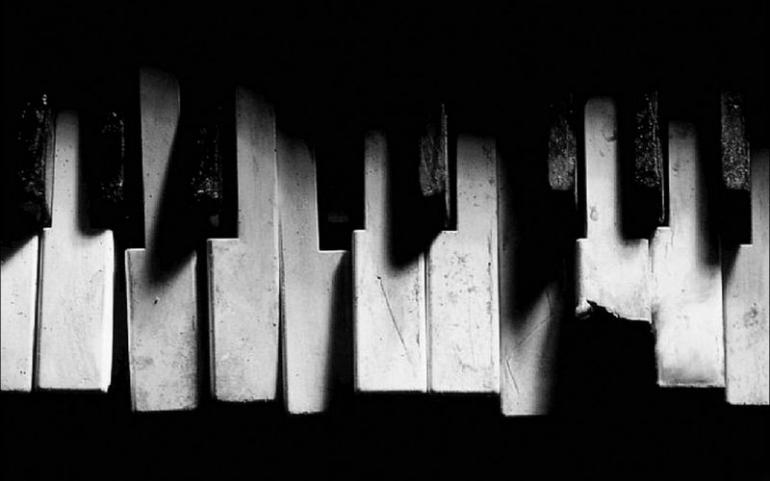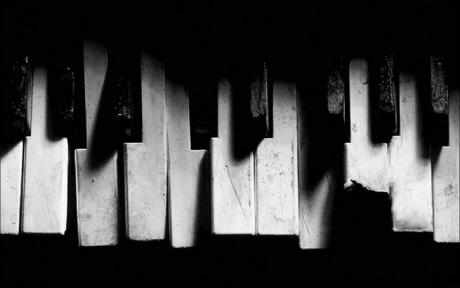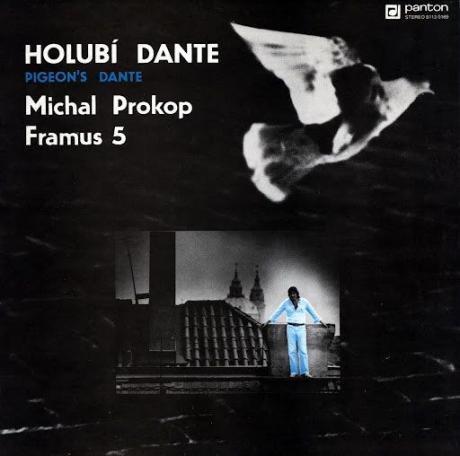Rockové klávesy - Digitální piano - nejlepší trefa do černého
Greetings, readers, and welcome to another installment of Rock Keyboards. In the next few articles, we will compare the best digital pianos on the market. There are many great digital pianos out there. I will try, for our purposes, to talk about what I consider to be the best ones I have played.

Unlike an organ or saw wave, which are relatively simple to reproduce, a piano sound has a very complicated waveform. These instruments that we will discuss have a lot of thought behind them and all sound impeccable. The first two keyboards in our shoot out are the Roland RD 2000 and Casio Privia Pro PX-560

Roland RD 2000
The first thing you will notice about all the Roland digital pianos is the incredible action of the keyboard. These key beds are ultra-responsive and solid feeling for an excellent playing experience that allows for great variation of touch. The sounds come from the latest V-Piano research and are gorgeous with full keyboard polyphony. In addition to the great piano sounds, The RD 2000 has over 1100 additional sounds with great vintage effects that cover every style of music. This keyboard has great knobs tailored for live performance. Eight dynamic encoder knobs and nine faders give you incredible control the sounds and FX. The knobs have LED indicators for quick adjustment easy to read settings. The RD 2000 has eight assignable zones for powerful splitting and layering of sounds. With the scene function, you can save 100 snapshots of your setup and recall the settings with a press of a button. In addition to pitch/mod wheels, there are also an extra two assignable wheel controllers for even more tweaking.
Here's a demo of the RD 2000:

Casio Privia Pro PX-560
With ebony and ivory textured keys and scaled hammer action, the Casio PX-560 is the newest addition to Casio’s Privia family. The Privia features a very easy to use touchscreen interface that gives you very intuitive control over the sounds and settings. The Grand Piano sounds are stunning. You also have control over damper resonance, string resonance, hammer response, and key-off simulation which lets you really dial in your sound. Making splits and layers are easy to program and you get 256-note polyphony which is more than enough. Also, very interesting are the 1/8 audio input and two headphone outputs. The Privia is very light at just 26 pounds it is one of the lightest digital keyboards out there. With a 17-track recorder, USB audio interface, and 200 rhythms, you can also make whole productions. The Privia’s other sounds are as deep as the pianos and offer a broad selection of 550 tones complete with DSP effects. Duet mode splits the keyboard into two equal pitch ranges, letting a teacher and student play side by side. Like the RD 2000, the Privia also has two headphone jacks.
Here's a video of the Privia in action:
https://www.youtube.com/watch?v=DkGiO_Rt90U#action=share
Comparisons between the two keyboards
Both of these keyboards are so good, it's tough to choose a winner. I love the layout and sturdiness of the Roland knobs, but I also really love the sequencing capabilities of the Privia. I love both keyboards and will save the final judgement for next month’s article where we will discuss two more great digital pianos and pick the winner.
Key bed (častěji psáno dohromady - keybed): Se někdy zaměňuje se slovem „keyboard“ (podobně jako v tomto článku). Původně však byl význam jiný. Jedná se totiž o plochu, na kterou dosedají klávesy, jsou-li stisknuty až „nadoraz“. Zpravidla bývá pokryta plstěným či jiným tlumením, jinak by byl dopad příliš tvrdý. Na pocit ze hry má toto pochopitelně naprosto zásadní vliv, což nejspíše vedlo k tomu, že začalo postupně docházet ke zmíněné záměně pojmů.
Encoder knob: Rotační enkodéry jsou ovládací prvky, které na základě otáčení vysílají elektrický signál o své úhlové pozici. Většina dnes běžných „ovládacích koleček“ je založena na principu enkodéru. Enkodéry se dále dělí na inkrementální, které vysílají při rotaci pulsy, a absolutní, které generují sled jedinečných kódů. U kláves nám ale stačí vědět, že jsou to ony „otočné knoflíky“.
Snapshot: Původ tohoto slova je možno vystopovat ve střeleckému žargonu (něco jako „střela od boku“). Pojem se postupně uchytil i ve fotografické terminologii, odkud už je jen krůček k významu, na který narazíme v tomto článku. U digitálních technologií tím zpravidla myslíme funkci, která umožňuje uložit do paměti („presetu“) kompletní stav softwaru či hardwaru, tedy pokud možno veškerá jeho nastavení.
Key-off simulation: Pokud chceme při simulaci klavíru dosáhnout opravdového realismu, neobejdeme se bez nejrůznějších mechanických zvuků, které jsou sice sotva slyšitelné, ale bez nich to tak nějak není ono. Mezi ně patří právě i simulace zvuku, které klávesa (a celý mechanismus) vydává, když ji uvolníme. Další „sekundární“ zvuky pak zahrnují ty, které vydávají při sešlápnutí a uvolnění pedály, nebo také rezonance strun (sympathetic resonance), které se při hře částečně rozezní, i když jejich příslušné klávesy nejsou právě stisknuty. Pokud to má znít opravdu jako piano, je to věda!





